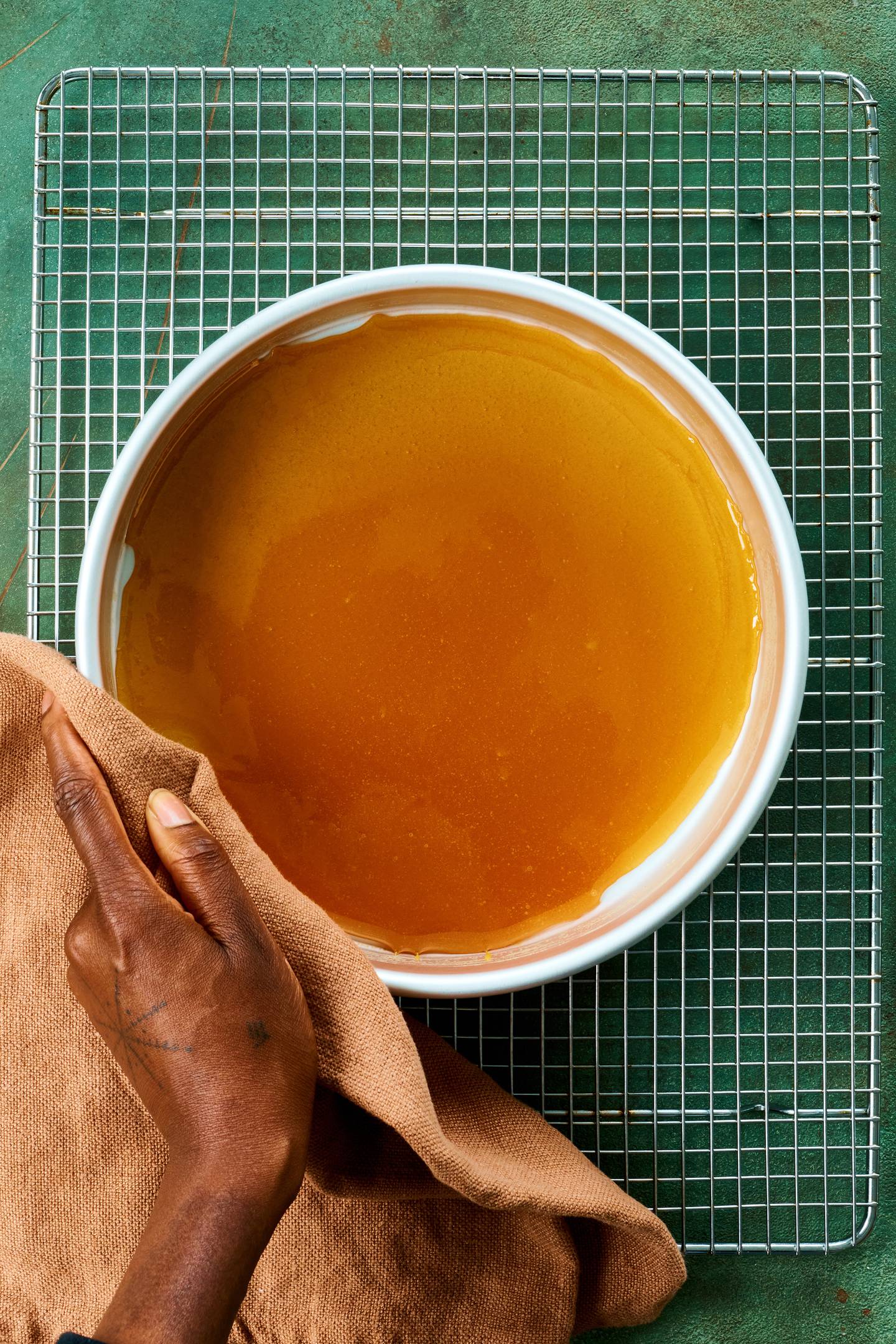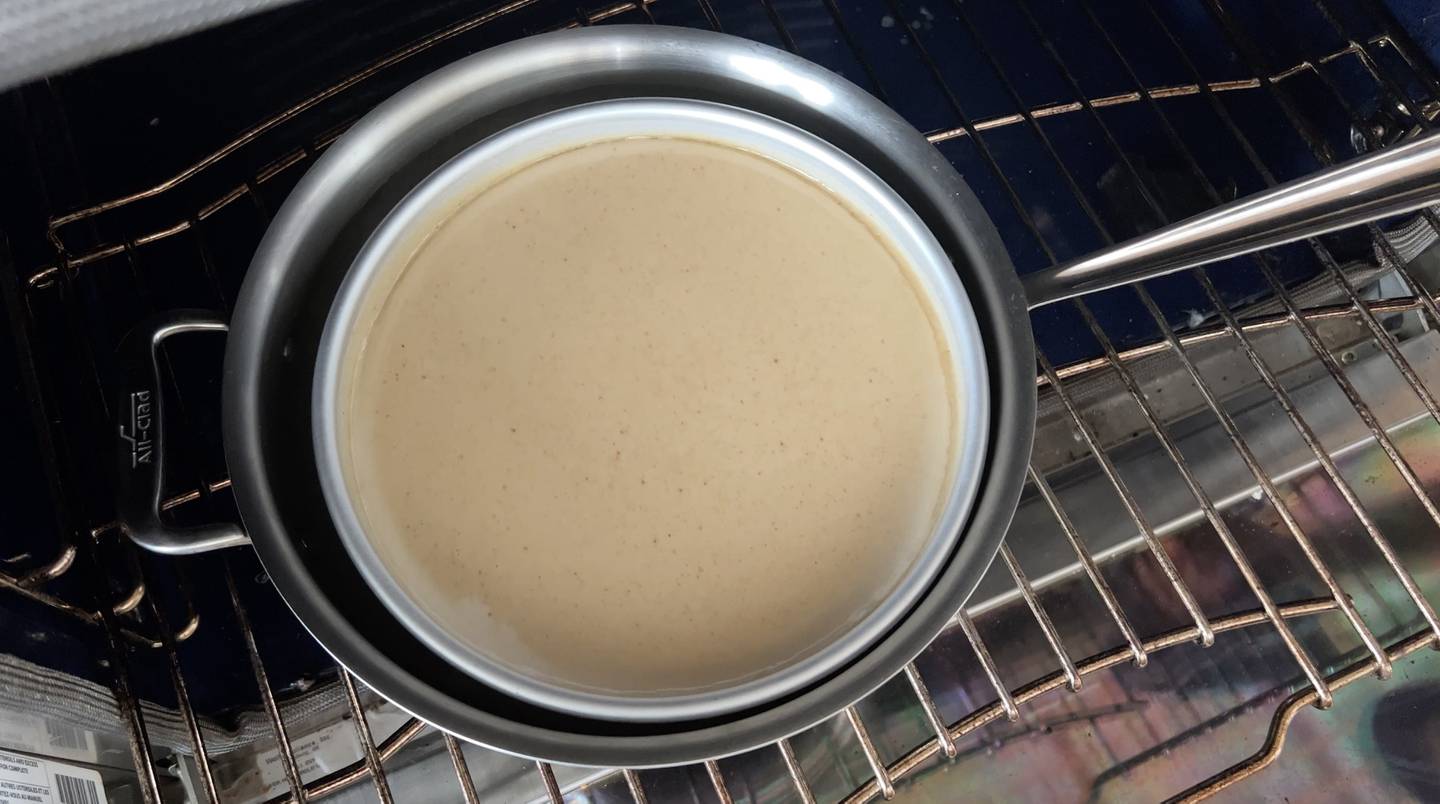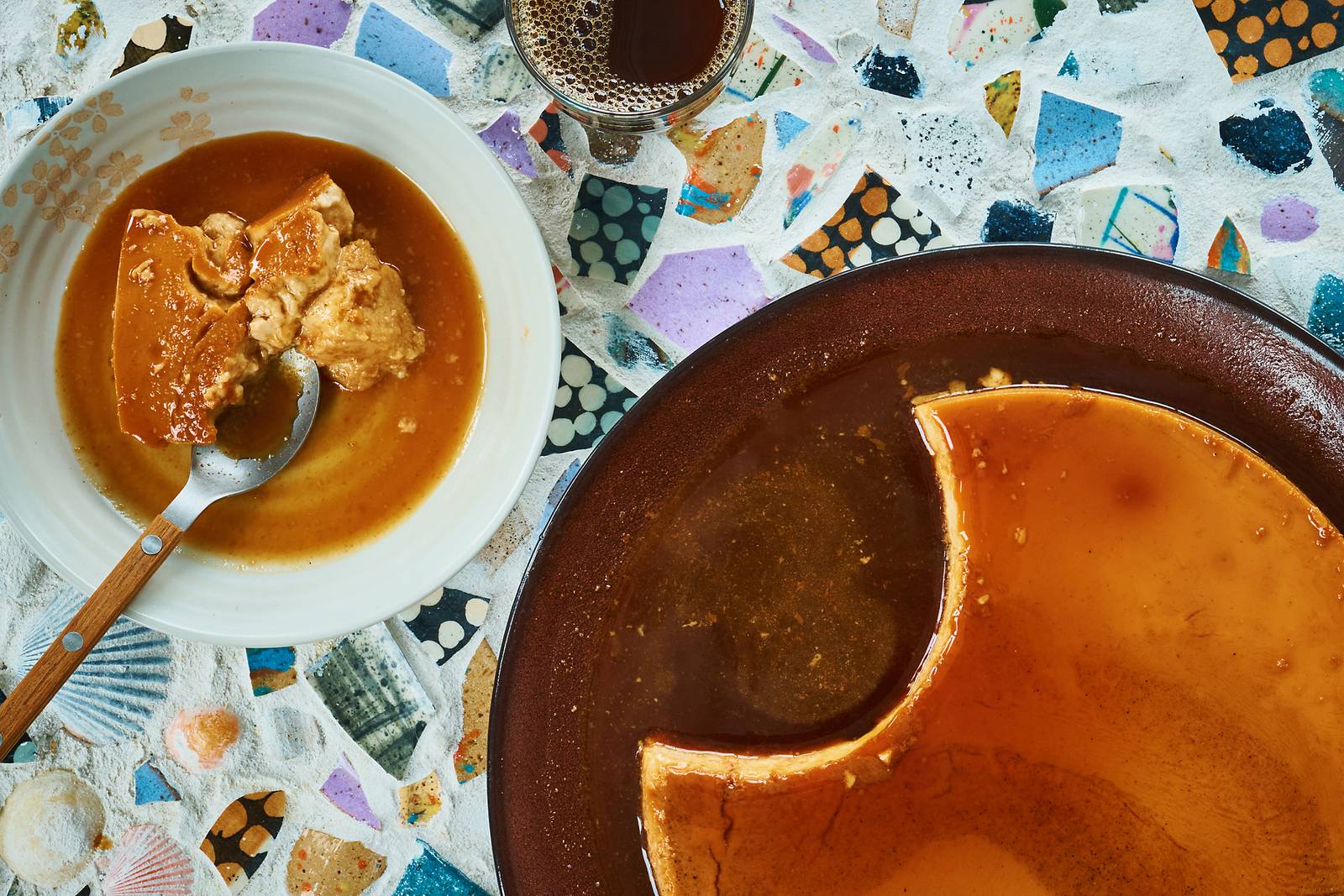Paying attention to sight, smell, sound and feel will steer you in ways that simply following a recipe cannot
One of my favourite episodes of the podcast This American Life begins with a conversation between its host, Ira Glass, and the culinary griot and author Vertamae Smart-Grosvenor. Glass decides to test Smart-Grosvenor’s claim that she can tell when chicken is done frying by simply listening to the oil. He plays recordings of hot grease: the initial sizzles of battered chicken nestling into the pan, the more vigorous bubbles as the oil heats back up, the final rumbles as the chicken transforms.
I recognised those distinct sounds immediately and could envision the chicken’s colour deepening from floury white to amber. As Smart-Grosvenor listened, she was trusting her own senses — and what the ingredients revealed to her. That honing of the senses, I know, is how you become a great cook.

Doris Hồ-Kane, an archivist, historian and baker at Bạn Bè, her Vietnamese bakery in Brooklyn, New York, doesn’t have any of the recipes for her menu items written down. “After replicating it over and over, there is a recipe that lives in my head,” she says. “It is so much about the way something feels in my arms, like hugging a bowl of flour, or the way I mash up a certain grain, the way that agar bounces or feels under my fingertip.”
“It’s just by sight and weight and feeling. It’s like a voice in my head telling me ‘It’s done.’”
The creme caramel I learned to perfect as a young pastry cook is a great example of Hồ-Kane’s philosophy. It’s a simple recipe, a combination of eggs, milk, sugar and cream. But the techniques of creme caramel require careful attention.
I make mine in a water bath with an aluminium-foil cover so that the custard sets from the outside in. When I first peel back the cover and give the pan a jiggle, I’m observing how far inward the custard has set by how uniformly it wiggles: pattern recognition. Then I remove the cover entirely, which exposes the custard to the oven’s dry, direct heat and allows the centre to firm up: problem solving.

Even before the custard goes into the oven, I am drawing on all of my senses: I’m leaning over the saucepan of toasting spices, ensuring the gentle heat releases their oils and their aromas fill the air. For a moment, my eyes are on the dissolving sugar as it transforms into a golden amber syrup; the taste of burned sugar is overpowering, so I do everything to avoid taking the caramel too far. And when it’s time to whisk the custard base, I know that incorporating too much air will deaden its silkiness, so I use as few turns as possible as I fold the ingredients.
A single recipe is never the one true version of a dish, and minding sensory cues when cooking allows you to explore the boundaries of a recipe. It is only by following your senses that you can personalise the experience by determining how far from that structure you would like to go.
These sensory cues, and the ease that eventually comes to the process when you pay attention to them, are where the real satisfaction of cooking lies. — This article originally appeared in The New York Times
Source: How to be a better cook: use your senses – The Irish Times













